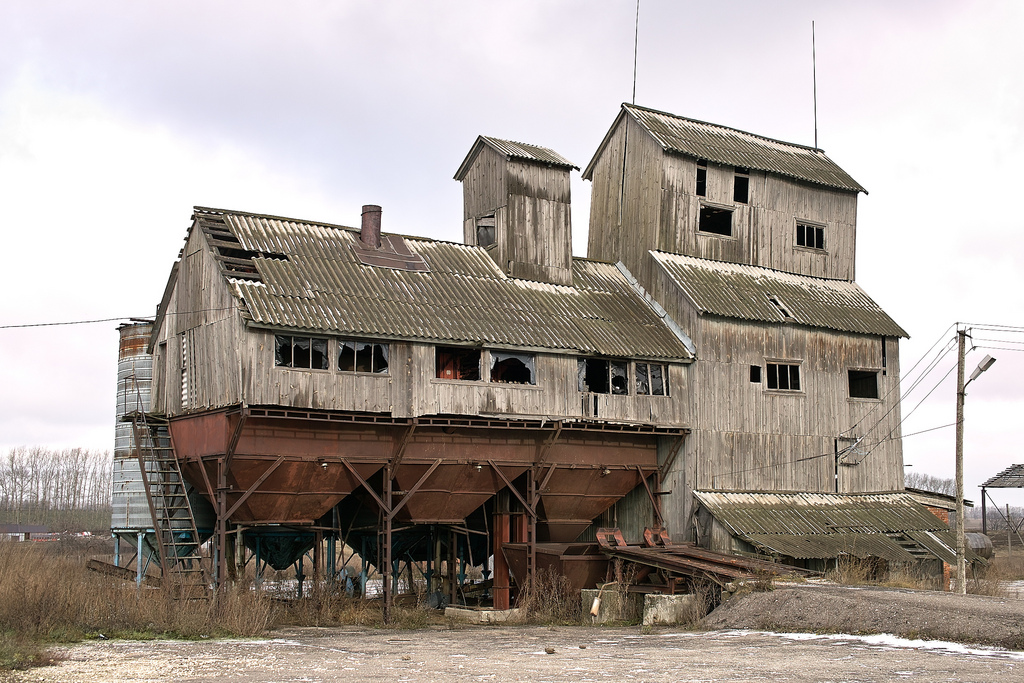
carlfbaggeAn abandoned grain processor that dates back to Soviet era.
When the USSR collapsed, the communal farming systems that helped feed the union’s citizens collapsed with it. Farmers abandoned 110 million acres of farmland and headed into the cities in search of work.
New research by European scientists has revealed the staggering climate benefits of that sweeping change in land use. According to the study, published in the journal Global Change Biology, wild vegetation growing on former USSR farming lands has sucked up approximately 50 million tons of carbon every year since 1990.
New Scientist reports that’s equivalent to 10 percent of Russia’s yearly fossil fuel carbon emissions:
“Everything like this makes a difference,” says Jonathan Sanderman, a soil chemist at CSIRO Land and Water in Australia. “Ten per cent is quite a bit considering most nations are only committed to 5 per cent reduction targets. So by doing absolutely nothing — by having depressed their economy — they’ve achieved quite a bit.”
He says the abandoned farmland is probably the largest human-made carbon sink, but notes it came at the cost of enormous social and economic hardship.
Modelling the effect into the future, [study co-author Irina] Kurganova estimates that, since the land has remained uncultivated, another 261 million tonnes will be sequestered over the next 30 years. At this point, the landscape will reach equilibrium, with the same amount of carbon escaping into the atmosphere as is being taken up.
The finding is a stark reminder of how Earth does a bang-up job of soaking up carbon if we leave more of it undeveloped and un-farmed.
Correction: This post previously understated the amount of land abandoned by farmers following the collapse of the USSR — by a factor of more than 100. The story has been corrected to state that 110 million acres of farming land was abandoned, not 1 million acres.



